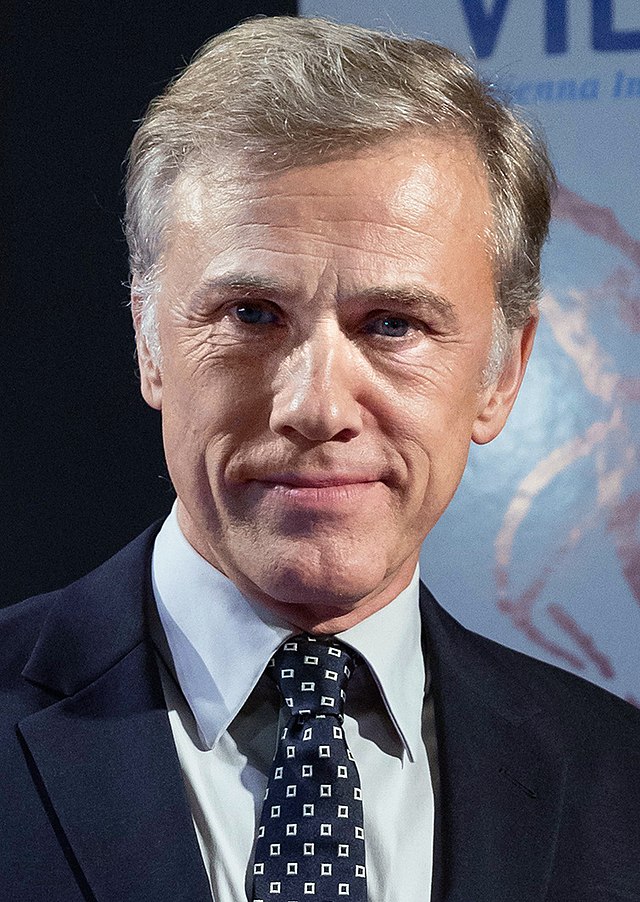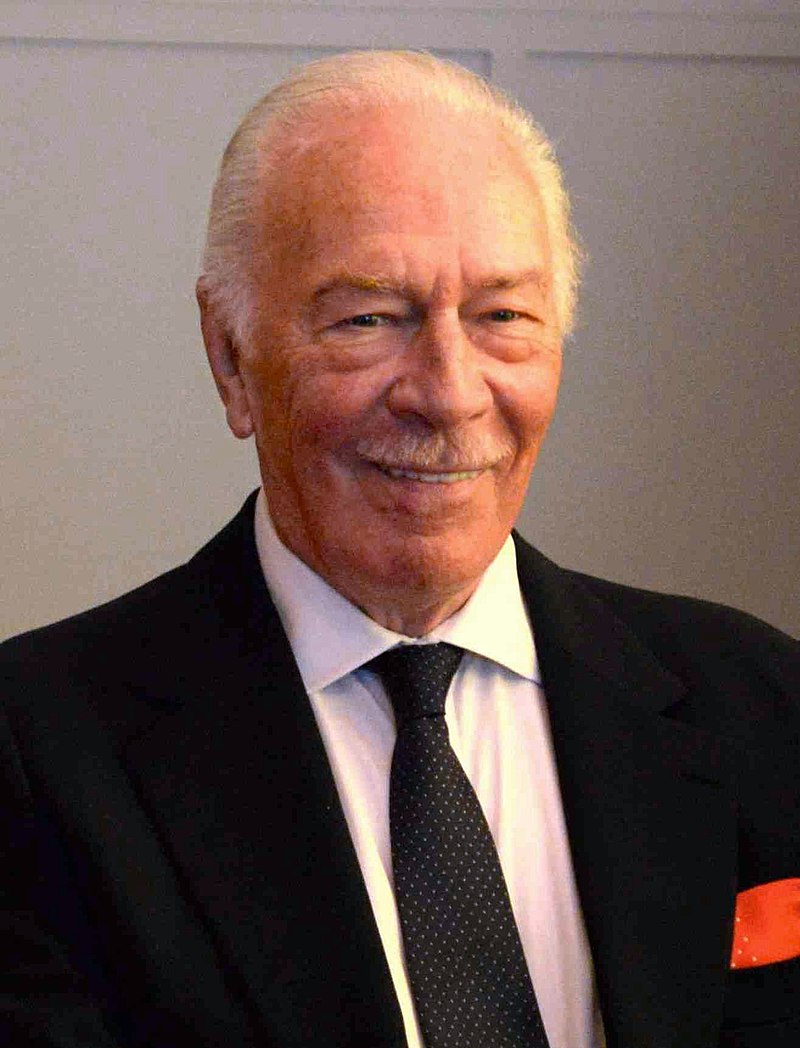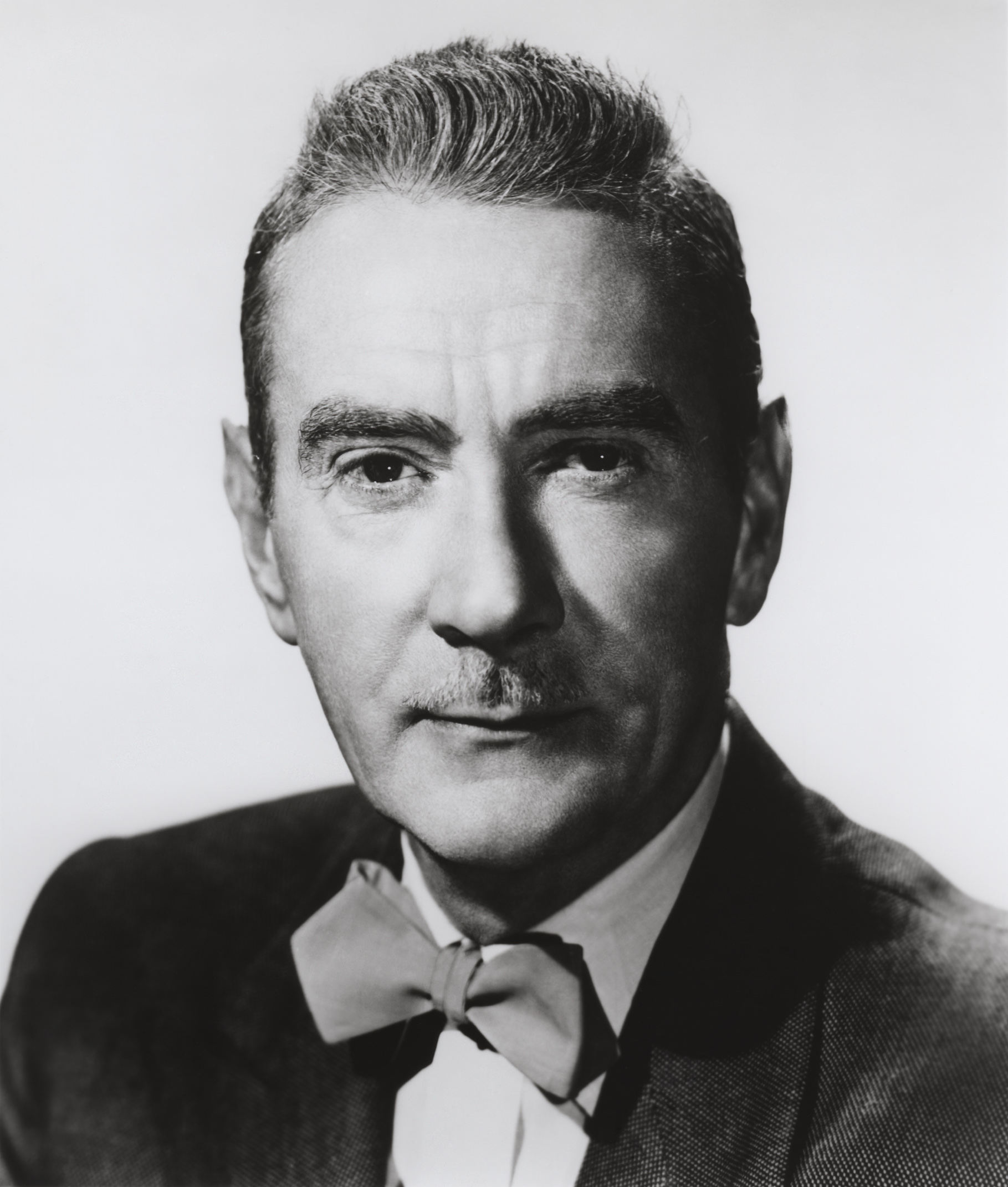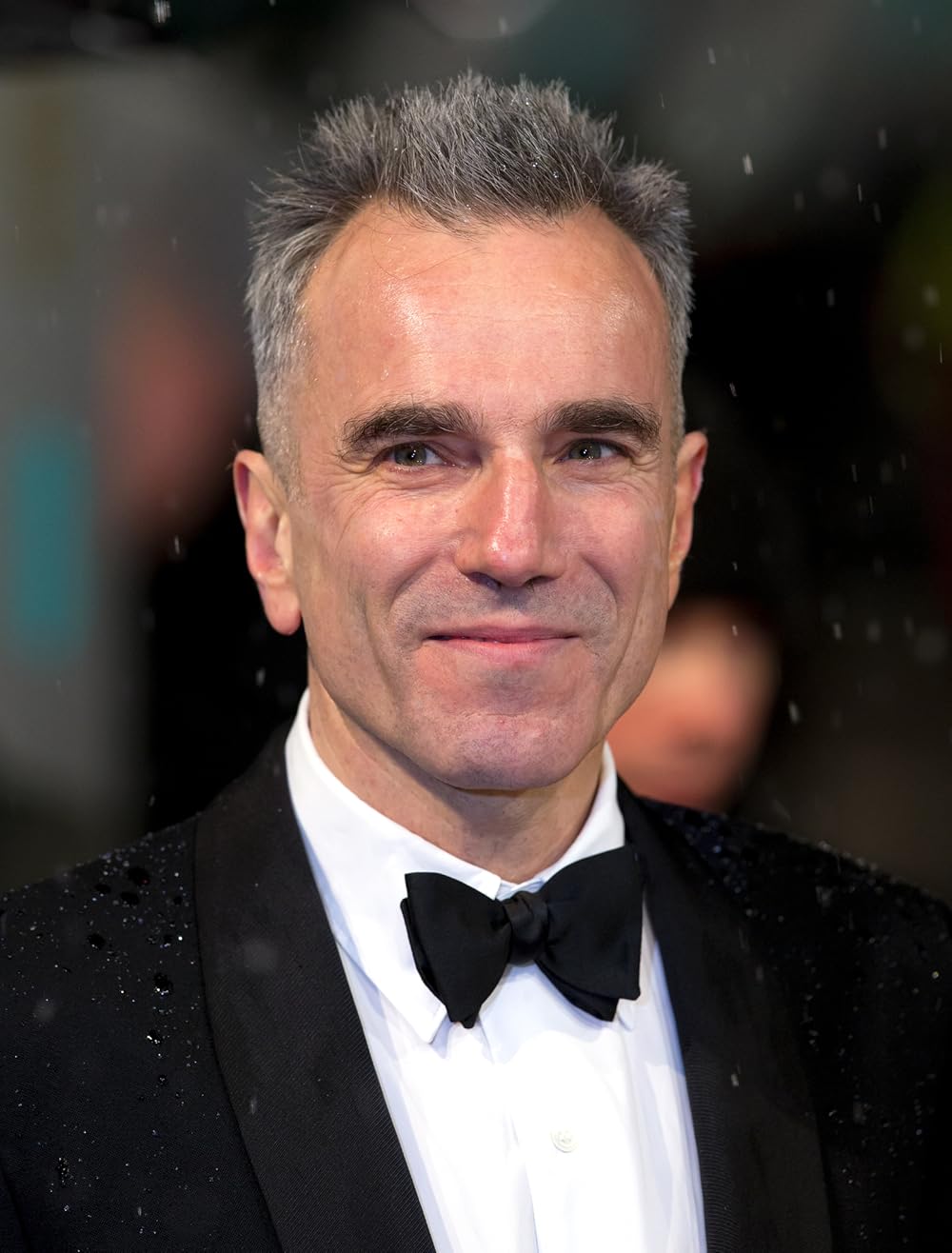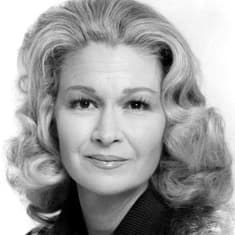François Pinault’s story is an example of a French success story. He was born into a poor family, did not receive a good education, and for some time was a simple laborer with no special prospects. The key to Pino’s success was a cold mind, the absence of fear, and the ruthlessness that frightens his enemies.

François Pinault’s fortune reached $ 17.2 billion. An impressive part was earned on controversial deals, which the supporters of the entrepreneur call an example of how a businessman should act. Opponents sin on dishonest methods.
François Pinault was born in 1936 in Brittany. According to the popular version, his father was a forester, but authoritative sources, including the Guardian, claim that the Pinault family owned a small sawmill and traded in timber. The business was not large, and the family’s life was not easy.
François’s childhood fell during the period of the occupation of France by Germany. The Pino family helped a group of Allied pilots hide near their homes with food. The occupation forces were looking for the pilots, and François was not lucky enough to be caught by one of the patrols. During the interrogation, the father of the future entrepreneur was beaten, but the German soldiers failed to obtain information.
Pino didn’t like going to school. From childhood, François was only interested in things that made a profit, and he did not rank education among them. Pinault studied at Saint-Martin College for some time but did not last long in it. At the age of 15, he left Saint-Martin, went to study woodworking at Luchon School, and worked for a while in the family business.
Since childhood, Pino was known for his independent character and a certain disdain for authority. He stayed briefly at his father’s sawmill and began a life of his own. At first, he was forced to hire a handyman. Relatives tried to reason with him, but it all ended in quarrels. Pino did not listen to the opinions of those close to him, but he was not going to remain a laborer for a long time.
Business career start
Returning to France in 1958, Pinault, not without his father’s help, got a job in the “Brothers Gaultier” company, engaged in the timber trade. François worked in this company for two years before an important event happened in his life – he married the daughter of the head of the “Brothers Gaultier” company, Baptiste Gaultier.
This act is cited by opponents of the entrepreneur as an example of his methods of promotion. The marriage did not work out, and after eight years the couple broke up, but that was no longer important – after all, the Gautier Brothers company was under Pino’s control and changed its name to Pinault Company.
Gaultier himself handed over the business to his son-in-law, gave almost 450 thousand francs for development, and even helped to take out a bank loan. As the head of a small company, Pino began to demonstrate qualities for which we are so disliked – the ability to wait, ruthlessness towards opponents, and the talent to make connections. One of his biggest successes was the conclusion of contracts for the supply of timber directly from Sweden and Canada. He was able to profitably sell large parties, which led to an increase in capital and made it possible to open a branch in Sweden.
He spent the money he earned on buying small, struggling French companies in the woodworking industry. His methods are called controversial, to say the least. Pino was in no hurry to buy the company for real value, but only acquired a share in it. Then he waited for the moment when her affairs would become disastrous, and bought for a pittance.
Pinault’s most lucrative deal came on the eve of the 1973 oil crisis. The situation on the market did not yet foreshadow the dangers, and the entrepreneur, for his reasons, sold Pinault to the English company Venesta. The deal brought Pinot 30 million francs and the opportunity to keep 20% of the shares. Pino was appointed chief financial officer, and his story could have ended there because he received a significant amount, a high position, and could not worry about anything else. But Pino set more ambitious goals and did the deal for a reason.
He took advantage of his official position and bought an overly large consignment of timber. The price soon collapsed, and Veenstra had to urgently abandon Pino’s idea. We managed to negotiate with the suppliers, but in return, they had to pay large compensation.
Veenstra’s positions were undermined and 18 months after the sale, Pino regained the company, paying only 5 million francs. It turned out that the entrepreneur earned about 25 million francs, survived the crisis without losses, and stayed with his company.
At the same time, he was able to carry out several transactions thanks to insider information. He spent the money on acquiring companies in France.
The entrepreneur used an old practice to successfully grow Pinault. In the mid-1980s, he could already afford to acquire one of the leading wood panel manufacturers in France, Isoroy. Pinot was helped by connections in the government. Back in the 60s, he met Jacques Chirac, who from 1974 to 1976 and from 1986 to 1988 was the Prime Minister of France, and in 1995 became the President of the country.
In 1987, Pino took 300 million francs from Credit Lyonnais and acquired La Chapelle-d’Arblay, a major Normandy-based papermaker. In 1990, he sold it for 525 million francs, paid off his debts, and earned.
In 1988, Pino conducted the first public offering of his company.
In 1989, Paul Paoli, who heads the board of directors of the French-African Trade Alliance (CFAO), joined him. The company was engaged in the supply of cars, medicines, and electrical equipment in Africa. Pino was offered to buy 20% of CFAO shares. The entrepreneur did not limit himself to this share and began to buy up shares. Within a few months, he managed to seize control of the CFAO. He then began a leadership reshuffle by getting rid of Paoli as well.

